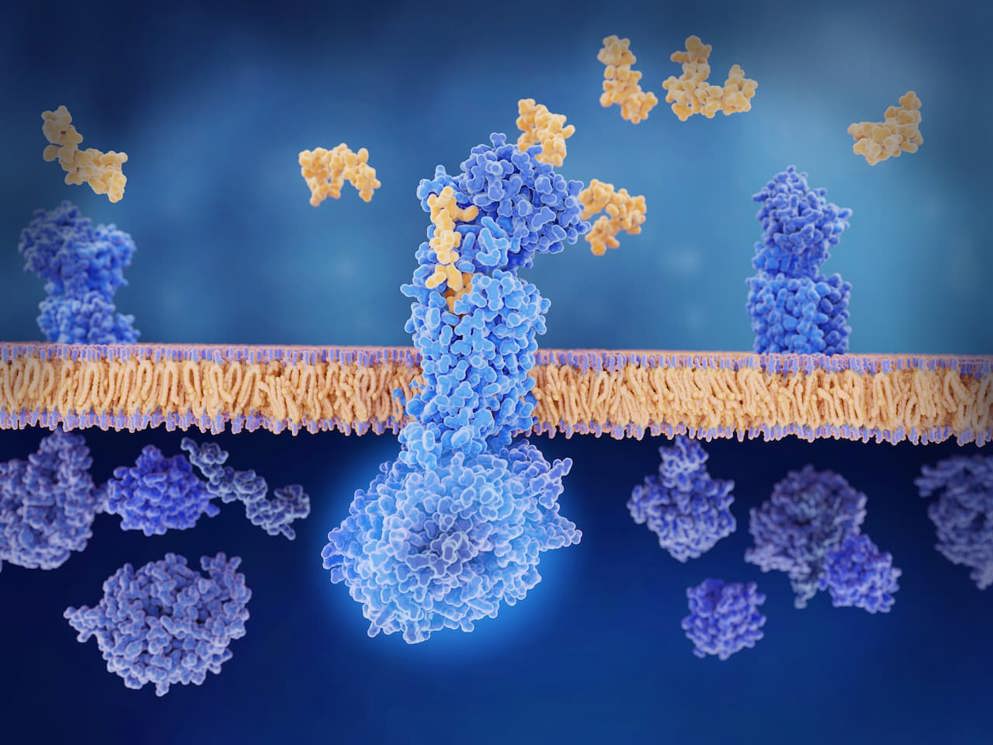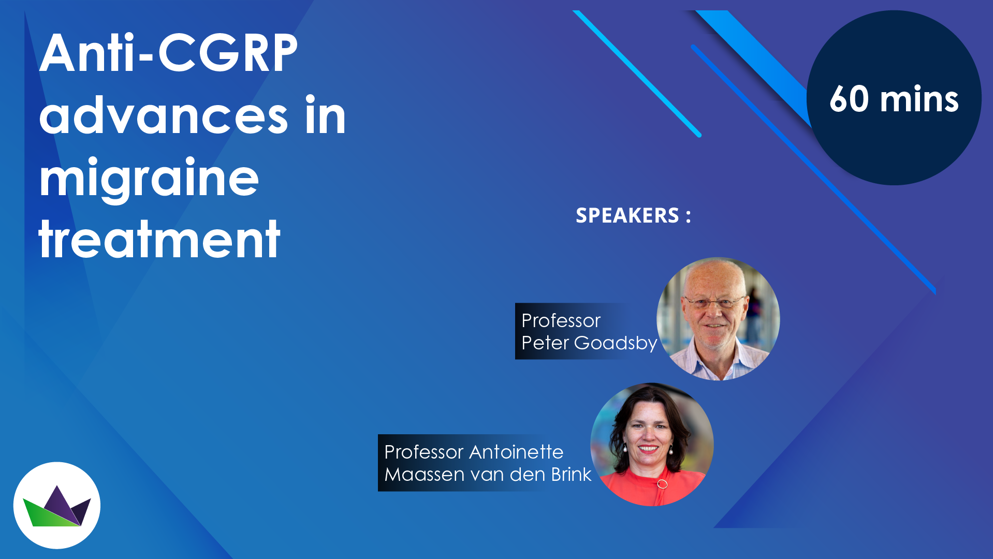
Anti-CGRP Therapies for Migraine Learning Zone
Migraine, which affects over one billion people worldwide,1 manifests as repeating episodes of headache of moderate-to-severe pain intensity, persisting approximately 4–72 hours2.
Mounting evidence suggests that migraine pathogenesis recruits the trigeminal nerve and its projections to the intracranial vasculature3. Discovery of signalling molecules involved in migraine pathogenesis led to the development of mechanism-based therapies3, such as anti-calcitonin gene-related peptide (CGRP) monoclonal antibodies and small-molecule antagonists.
This Learning Zone focuses on the unmet needs and disease burden associated with migraine, the role of CGRP in migraine pathophysiology, and anti-CGRP therapies for acute and prophylactic treatment of migraine.
Migraine overview
Migraine burden and unmet needs, clinical features, diagnosis
Anti-CGRPs in migraine
CGRPs in migraine pathophysiology, anti-CGRPs for migraine treatment
Anti-CGRPs in migraine management
Learn more on the role of anti-CGRPs in migraine management and selecting patients for treatment.
Learning Zone feedback
Meet the patient consultants
Play this short video introduction to Helen and Caitlin, two women living in the UK with migraine. Throughout this Learning Zone, Helen and Caitlin share their lived experience of migraine, and their insights on migraine management and the effectiveness of available treatments.
References
- Stovner LJ, Nichols E, Steiner TJ, Abd-Allah F, Abdelalim A, Al-Raddadi RM, et al. Global, regional, and national burden of migraine and tension-type headache, 1990–2016: a systematic analysis for the Global Burden of Disease Study 2016. Lancet Neurol. 2018;17(11):954–976.
- Headache Classification Committee of the International Headache Society (IHS) the International Classification of Headache Disorders, 3rd edition. Cephalal. 2018;38:1–211.
- Ashina M, Hansen JM, Do TP, Melo-Carrillo A, Burstein R, Moskowitz MA. Migraine and the trigeminovascular system—40 years and counting. Lancet Neurol. 2019;18(8):795–804.
of interest
are looking at
saved
next event
This content has been developed independently by Medthority who previously received educational funding in order to help provide its healthcare professional members with access to the highest quality medical and scientific information, education and associated relevant content.




